20 Best Tourist Attractions & Things to Do in Kosovo
Here is a list of the 20 Most Favorite Tourist Attractions in Kosovo
1. Visoki Decani Monastery
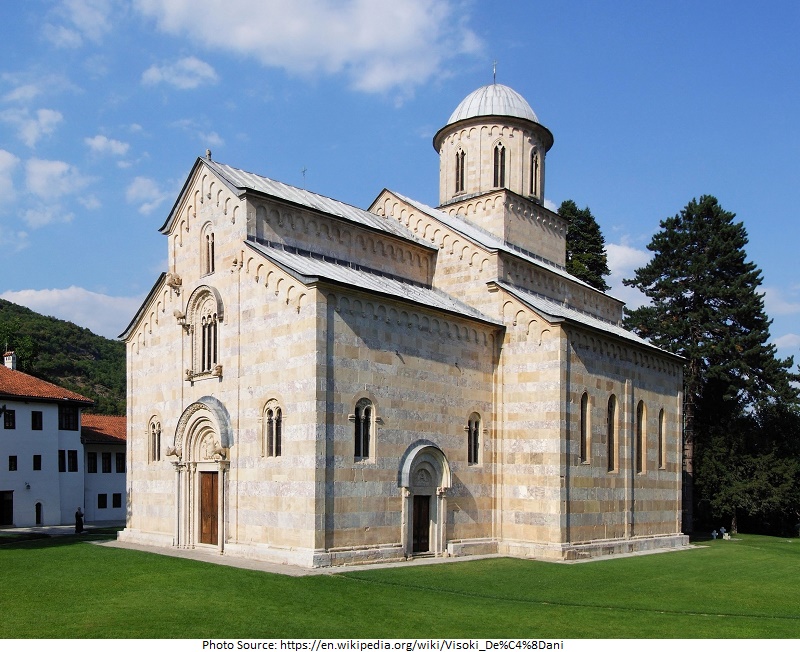
Established in the early 14th century by Serbian king Stefan Dečanski, this monastery is in a wonderful position underneath the mountains and a tourist attraction in Kosovo encompassed by pine and chestnut trees. If you believe the position is stunning then you’ll gasp in woe as you thrust open the timbered doors of the church and first set eyes on the fortunes within. With its ground-to-ceiling, Biblical painting and it’s like walking into a massive medieval paintbox. There can be some more magnificent churches in Europe. Despite the rustic location and prettiness within, Visoki Dečani also talks of compassion at its worst. Due to ambushes from tribal Albanians who’d like to find the Serbs leave, the monastery and the 25 monks residing here in complete separation from the local community, are guarded around the clock by KFOR military forces. The regional road to the monastery has observation towers and checkpoints all along with it and there are even some tanks defensively placed around the complex. You will require keeping your passport or ID card with the soldiers at the access point if you wish to go into the complex. Capturing picture within the monastery is not permitted (pictures of the outside are allowed) and specifically, don’t attempt any sly pics of the military. Their arms are loaded!
2. Bear Sanctuary
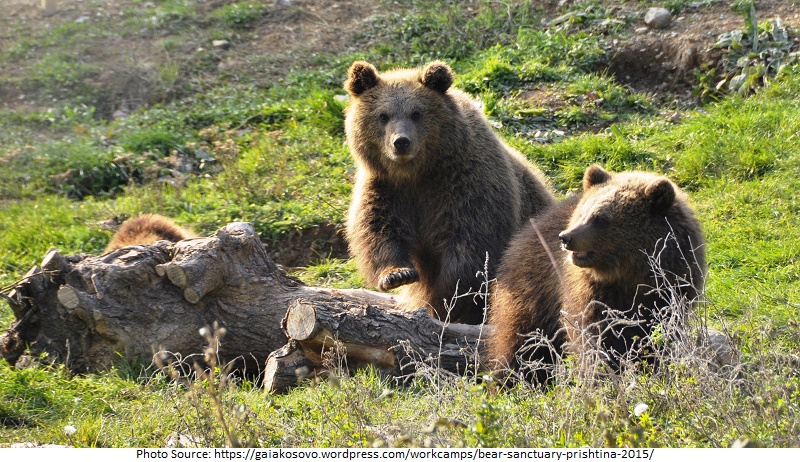
In an isolated, jungled location beyond the village of Mramor, this sanctuary hosts European brown bears that were saved from imprisonment by the non-profit organization Four Paws. All the bears in this place were formerly kept in little cages as restaurant mascots, so though they’re seldom out unrestricted in the wild, the roomy, semi timbered arena of now are a million times preferable than the states they were once kept in. You can know more about the bears at the attractive new tourist center. To see the sanctuary everyday many tourists come here and thus it has become one of the best tourist attractions in Kosovo.
Tourist Attractions in Kosovo, Read More 25 Tourist Attractions in United Kingdom
3. Patriarchate of Pec
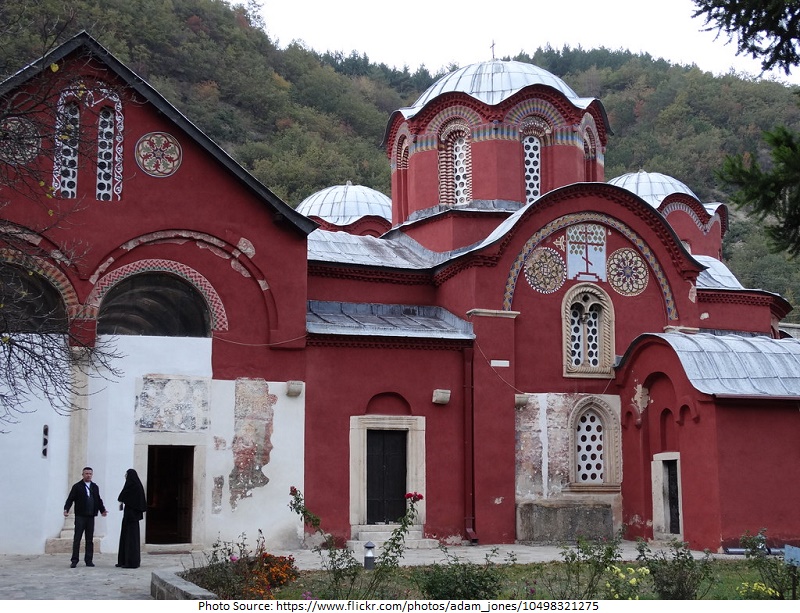
This church and convent on the peripheries of Peja is a raw portion of Serbian Orthodoxy that has prevailed in this place from the late 13th century. Outside of the landscaped terrain, all are vivid and spectacular, but once inside the church it seems more like you’re within a poorly lit cave with beautifully dimmed painting wrapping the walls and ceiling. The whole complex dates from among the 1230s and the 1330s. If you can appear around 5 pm you might watch the haunting prayers and chorus of the senior nuns costumed all in black. With poles of sunlight catching several of the paintings and the singing stuffing the vaults, it can seem as if you’ve been moved back into the Middle Ages. From 2013 the edifices have been watched over by Kosovo’s police force, and you will require your passport to go into the church.
4. Emin Gjiku Ethnographic Museum
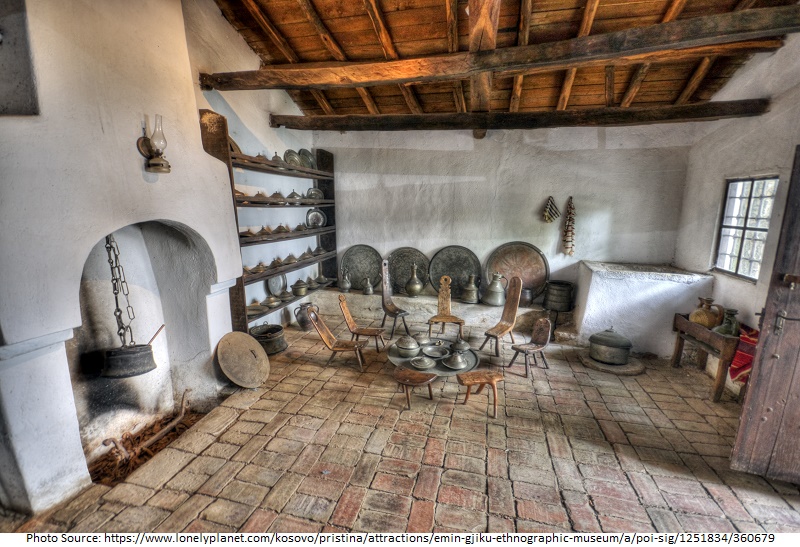
This glorious extension of the Museum of Kosovo is situated in two wonderfully maintained Ottoman residences surrounded in a big fenced garden. The English-speaking staff will give you a captivating trip of both stuffs and identify the different distinctive pieces of garments, weapons, ornaments and household objects on exhibit in each. There’s no better foundation to Kosovar culture. It’s not the easiest spot to get and it’s not all time accessible during specified hours. The finest bet is to question the staff at the Museum of Kosovo.
5. Prizren Fortess
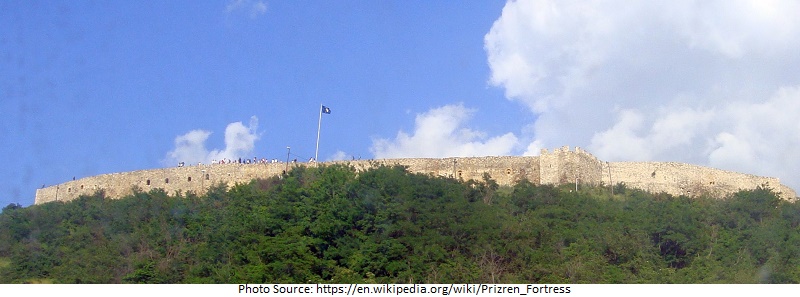
It’s well worth making the sheer 15-minute hike up from Prizren’s ancient city and a wonderful tourist attraction (trail the path past the Orthodox Church on the hillside; it’s well signed and quite evident) for the excellent looks over the town and on into the remoteness. The fort itself is a bit ramshackle but renovation work is now underway. In the evening many of the natives come up here and a little festival ambiance occurs. In the warm day time, it can be completely lifeless. Archeological relics have been seen here dating back nearly 1100 BC, but the earliest fort was established in this place by the Byzantines. It was then enlarged by consecutive Serbian kings in the 12th to 14th centuries before becoming a place of authority for the Ottoman leaders of Kosovo until their dismissal in 1912.
6. Gracanica Monastery
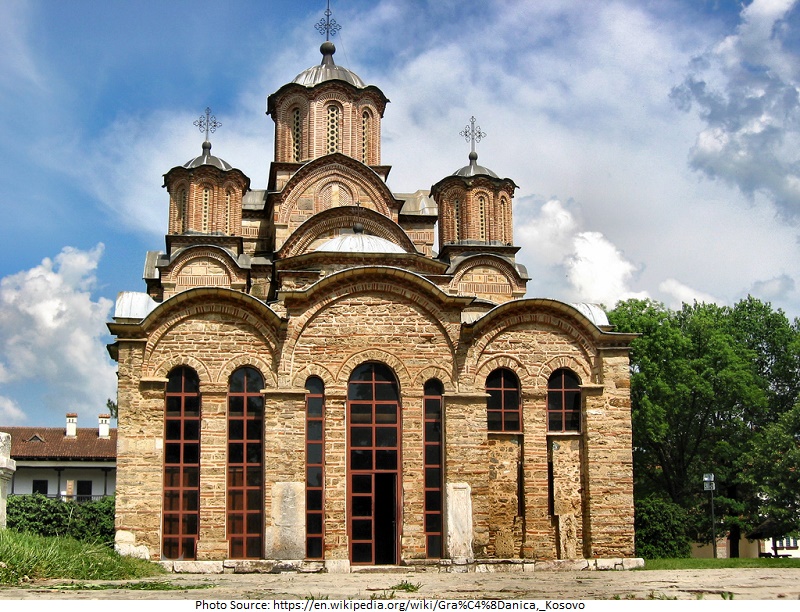
Southeast of Pristina in the Serbian city of Gračanica is the old Gračanica Monastery, finished in 1321 by Serbian king Milutin. The monastery, which is positioned on big, grass-covered grounds, is one of the most impressive tourist attraction in Kosovo. You will first go into the monastery chapel through the leading entrance. The medieval-time drawing here is attractive enough but the true amusement is reserved for the smaller side, chapel, which is a captivated cavern of bright, realistic paintings. Tourists must dress decently (that interprets no shorts or sleeveless tops for anyone, and scarfs for women) and capturing pictures are prohibited inside the edifice.
7. Museum of Kosovo
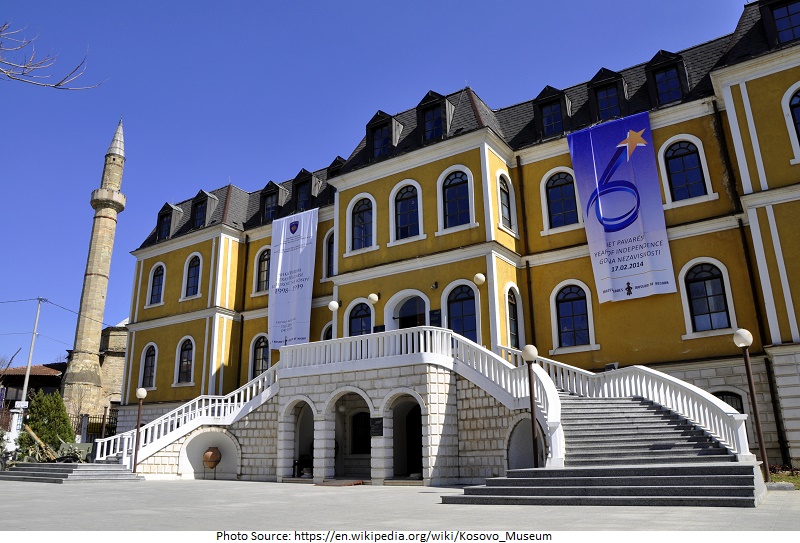
Pristina’s central museum has lately reopened after large-scale restoration work. The exhibition started back in the hazy times of the Bronze Age. There are several beautiful sculptures and memorials to Dardanian gods and goddesses, and a big rock relief delineating a Dardanian burial parade. Strangely, the museum then willingly omits nearly 2000 years of history (because plainly nothing at all important occurred between 200 AD and the present times!) to move directly onto the 19th century and a collection of military arms which, if nothing else, depicts how much our technological understanding has developed but our sense hasn’t…
8. Regional Museums
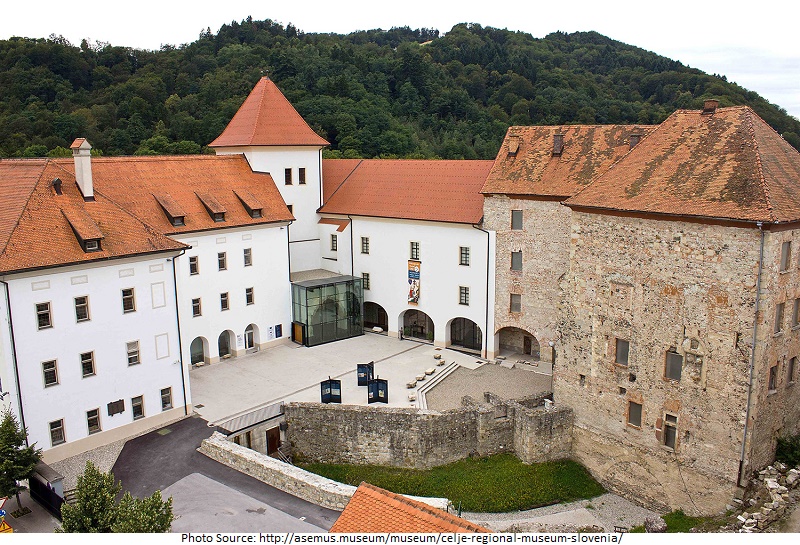
The top floor of this Ottoman-time residence, situated beyond a relatively less-than-conventional petrol station, is stuffed with regional crafts and furniture and has varied exhibitions depicting life in Peja during the Ottoman era. The down floors have a little and the more amazing archeological portion that performs a wonderful job of delineating the depth of history in these portions. Tagging is imperfect but some staff members can speak English, and when they’re working, an animated guided trip is incorporated in your access fee.
9. Gadime Cave
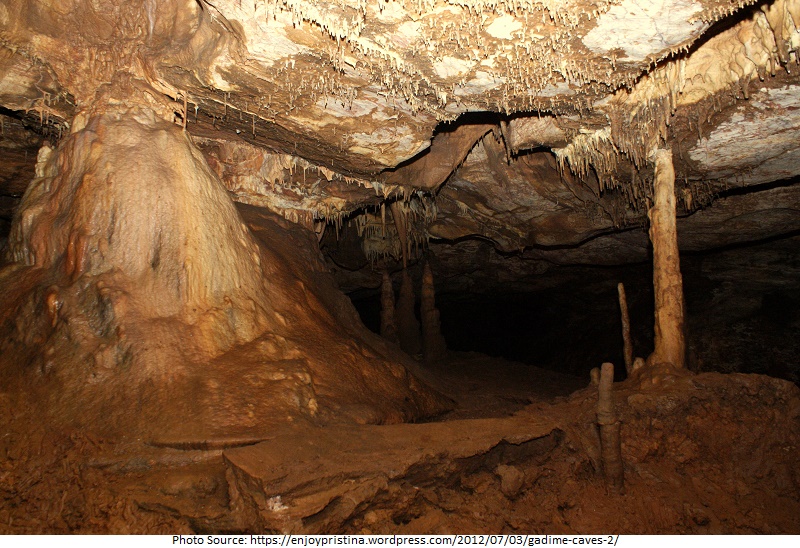
Found in 1969, this impressive tourist attraction is full of absolutely remarkable crystallized stalagmites and stalactites that have been created more than millions of years. The cave is right more than 1.2km deep, and about 440m of it can be traveled on a guided trip. Keep appropriate shoes and warm clothes as it’s obviously cold once you go inside. The cave is 20km southeast of Pristina: get in any bus to Ferizaj and tell the driver to let you off for Gadimë.
10. Sultan Mehmet Fatih Mosque
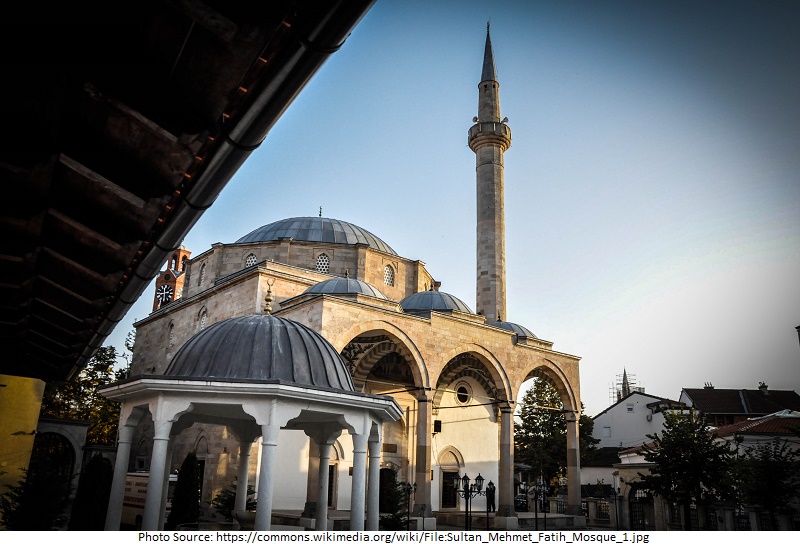
The royal mosque’, as natives mention it, was established on the commands of Mehmed the Conqueror around 1461, and though it was transformed to a Catholic church during the Austro-Hungarian time, it was restored again after WWII and is today the town’s most significant mosque and one of the best tourist attractions in kosovo. The minaret fell down during a tremor in 1955; the one existing now is a reformation. It has quite a lot of magnificent interiors, as well as stunningly decorated ceilings over the leading access point.
Tourist Attractions in Kosovo, Read More 25 Tourist Attractions in Albania
11. Novo Brdo Fortress
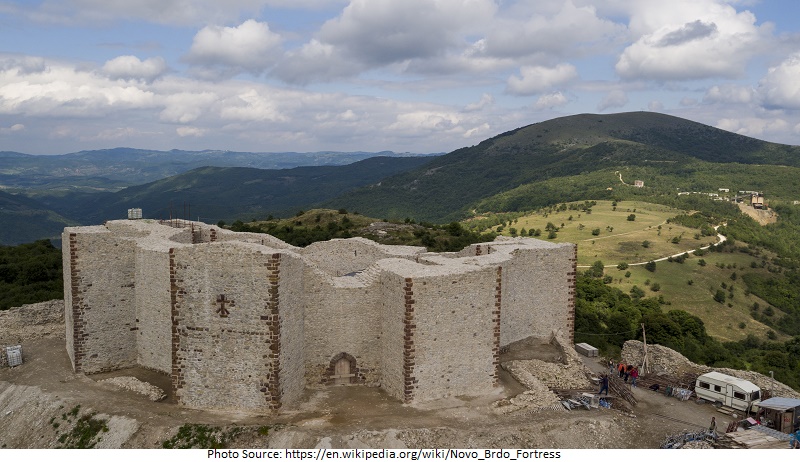
The hills east of Pristina have been excavated for silver for hundreds of years and the 13th-century Novo Brdo fort is a witness to the significance that’s long been situated on this area. Much of the fort was ruined in tremor at the conclusion of the 18th century, but from 2014 an EU team has been occupied renovating it (some would say over-renovating it!). Even so, it’s an attractive site and it’s amazing to ferret around it.
12. Albanian League of Prizren
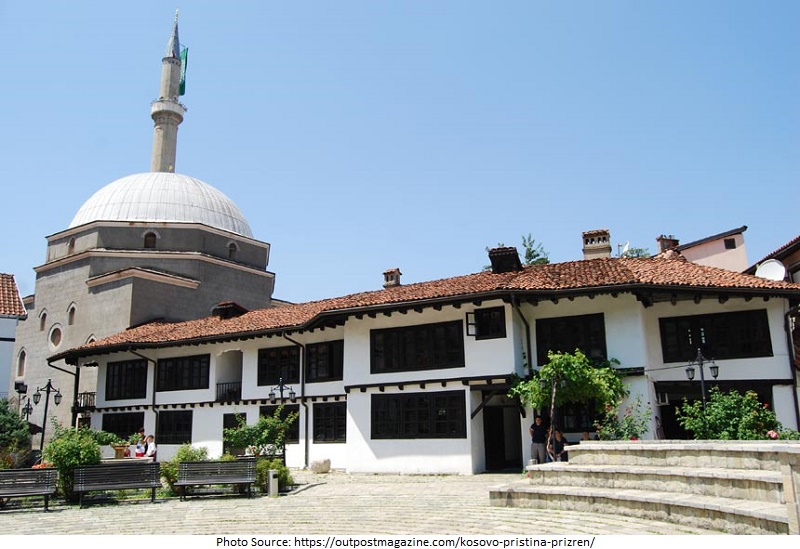
In the late 19th century the Albanian League was founded in Prizren to press for considerable rights for the city’s Albanian community. This quiet and impressive complex was the League’s foundation in the town. The complex was destructed by Serbian forces in 1999, but now it’s all been wonderfully renovated and holds a little museum devoted to the history of the League and the beautiful 15th-century Bajrakli Mosque. The good-looking courtyard of the complex, with its benches, flows, and fountains, is as much a draw as anything else.
13. National Gallery of Kosovo
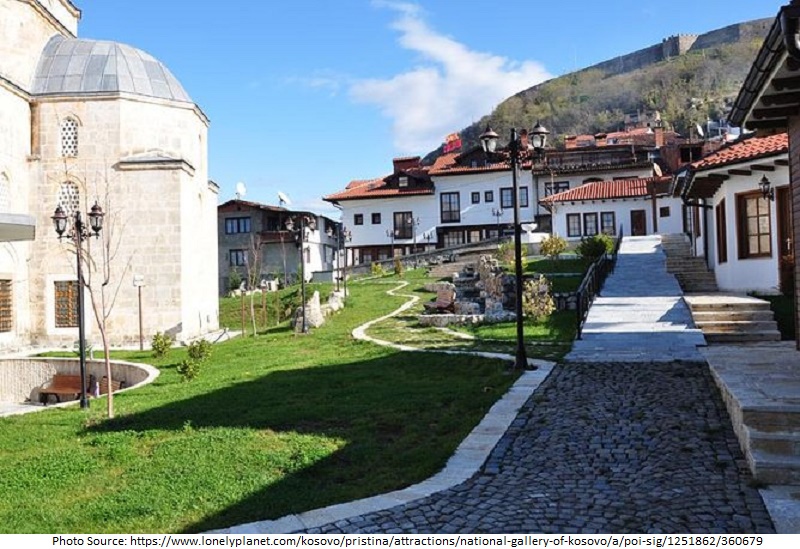
This magnificent place approaches Kosovan art from a concurrent point of view (don’t presume to find drawings from the country’s history in this place) and is worth a view around. Displays alter often and the gallery room is generally given over to a sole painter at any one time. At the time of experimentation, the ‘art’ incorporated a stable of live cows. It houses the annual display for the Muslim Mulliqi Prize, the region’s main contemporary visual arts prize, around which a display is held every year, visitor-curated by a supreme art-world personality.
14. Carsija e Madhe
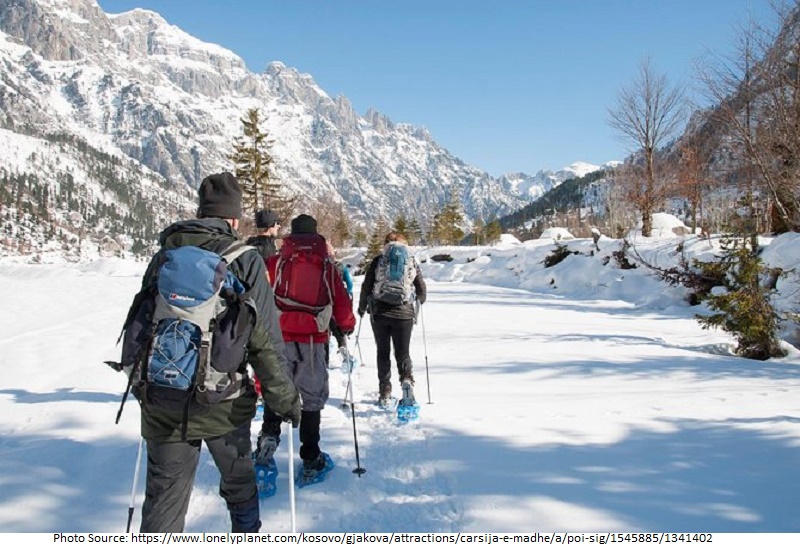
The most ancient existing bazaar in Kosovo and supposedly the lengthiest in the Balkans, the Čaršija e Madhe dates from the 15th century, though it was severely vandalized in the Kosovo War and was mostly renovated afterward. While it might once have matched plenty of people’s feelings of a bazaar with businessmen hawking heaps of spices, now the situation is not the same. The impressive construction is today spotted with cafes and bars, although the southern portion maintains some shops.
15. Cheese Market
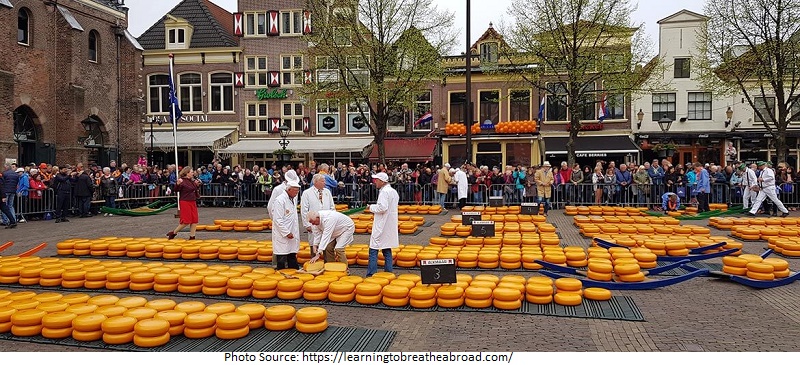
The city’s busy daily marketplace makes you presume as you’ve right now come in İstanbul, and it’s a wonderful spot to find native peasants and craftsman selling their goods. The key attraction is when farmers congregate in a bustling courtyard at the middle of the market region every Saturday with timbered barrels of goat’s cheese. You can basically only follow your nose and you’ll see it.
16. Sinan Pasha Mosque
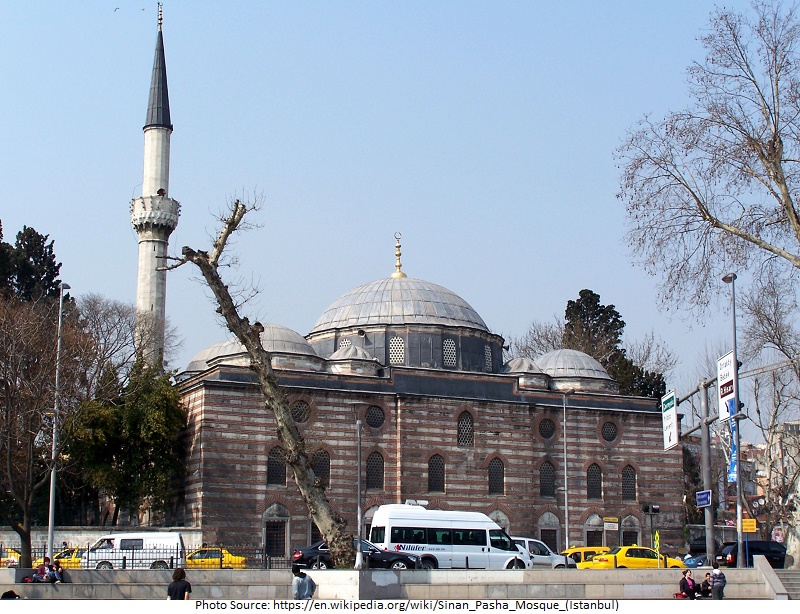
Dating from 1615, the Sinan Pasha Mosque is the most significant in Prizren, and it stands just at the center of the ancient city, overlooking the river and the city’s Ottoman Bridge. Its attractive dome, minaret, and peristyle front create a tremendous view from the road, though it’s also well worth going inside (excluding prayer times) to find the stunning inner decorations.
17. Hadum Mosque
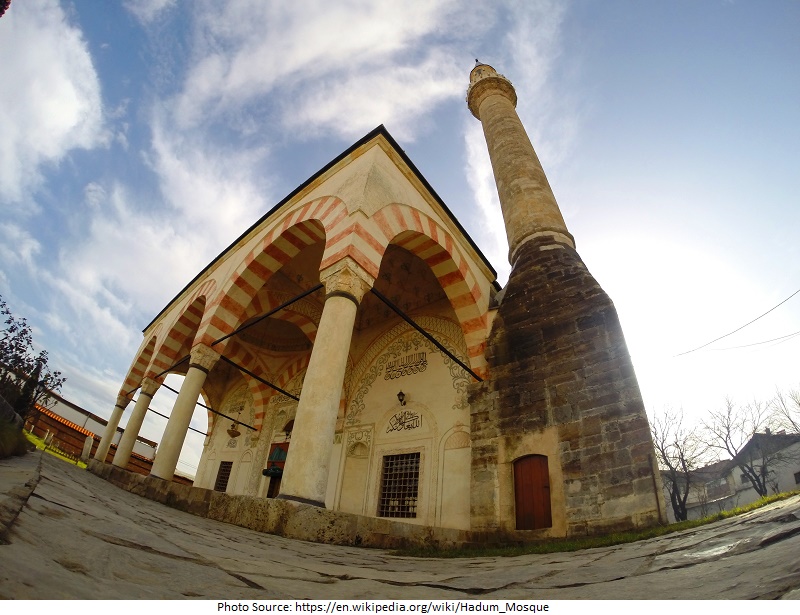
This attractive mosque somehow managed to endure the dreadful destruction that Gjakova experienced during the Kosovo War. Its stunning arabesques and attractive interior stonework are two of the city’s most significant views. The edifice dates from the conclusion of the 16th century and is a classic instance of preliminary Islamic architecture in the Balkans.
18. Mirusha Waterfalls
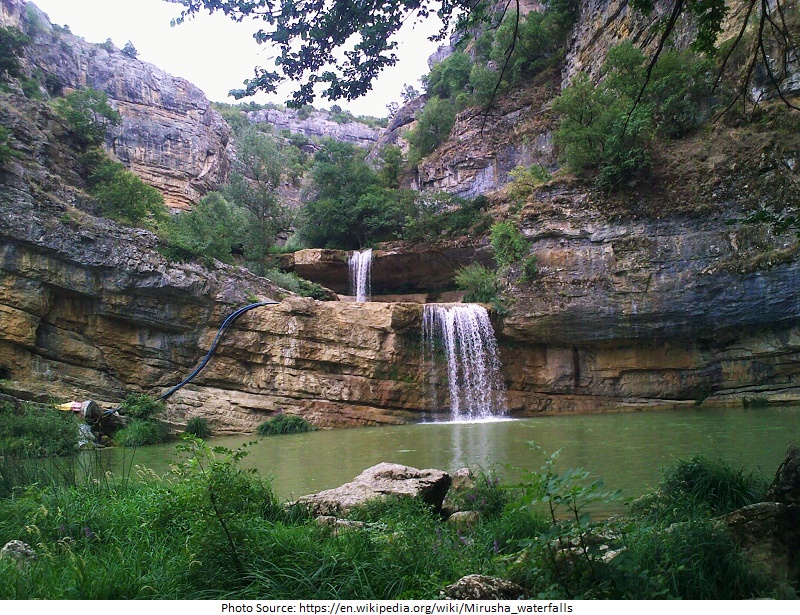
These little but beautiful dual waterfalls gush over the stones into a deep pool that’s ideal for swimming in. And in summer many of locals swim! The falls, which are nearly halfway between Pristina and Peja, is an amazing half-hour stroll through the farming landscape and are well indicated with signposts from the village of Gremnik.
19. National Library
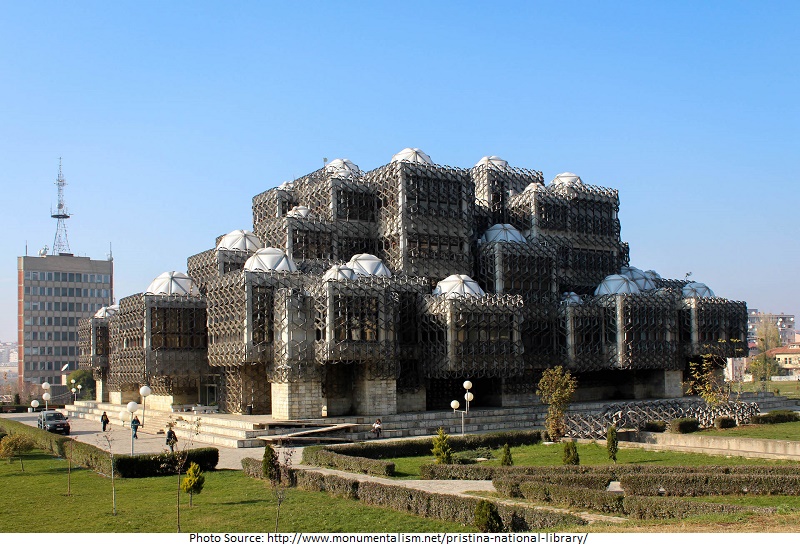
Definitely one of Pristina’s most remarkable structures, the National Library, finished in 1982 by Croatian Andrija Mutnjakovic, has to be found to be trusted (imagine sticky eggs wearing shield). It’s in the middle of a wonderful green region, one of the few things resembling a public park in the middle of Pristina.
Tourist Attractions in Kosovo, Read More 25 Tourist Attractions in Greece
20. St. George Cathedral
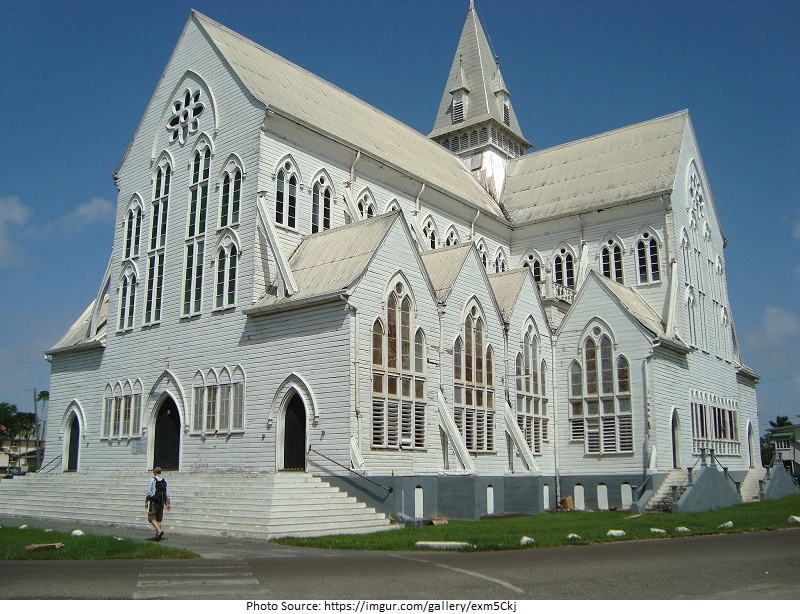
Dating from 1856, this Serbian Orthodox Cathedral was severely defiled during 1999 and the 2004 furor. Now it’s been completely renovated but entry is usually restricted by the police. However, you can appreciate its strong, stone walls from one of the not far away footpath cafes.


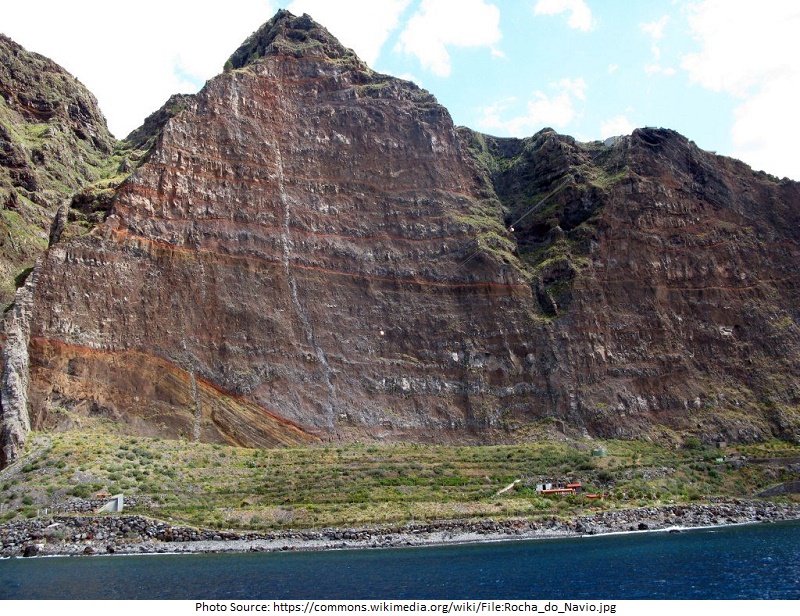
Really love you Kosovo
Thanks for the marvelous posting! I seriously enjoyed reading it,
you’re a great author. I will ensure that I bookmark your blog and will come back later
in life. I want to encourage continue your great work, have a nice afternoon!